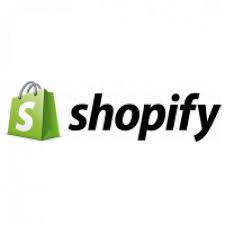Sales topped $1,000,000 per minute at the day’s peak
OTTAWA, Canada, 2017-Nov-27 — /EPR Retail News/ — Shopify Inc. (NYSE: SHOP) (TSX: SHOP), the leading multi-channel commerce platform, today (Nov 25, 2017) announced its over 500,000 merchants cumulatively experienced their highest Black Friday sales to date. More than $1,000,000 in sales went through the platform per minute at…
